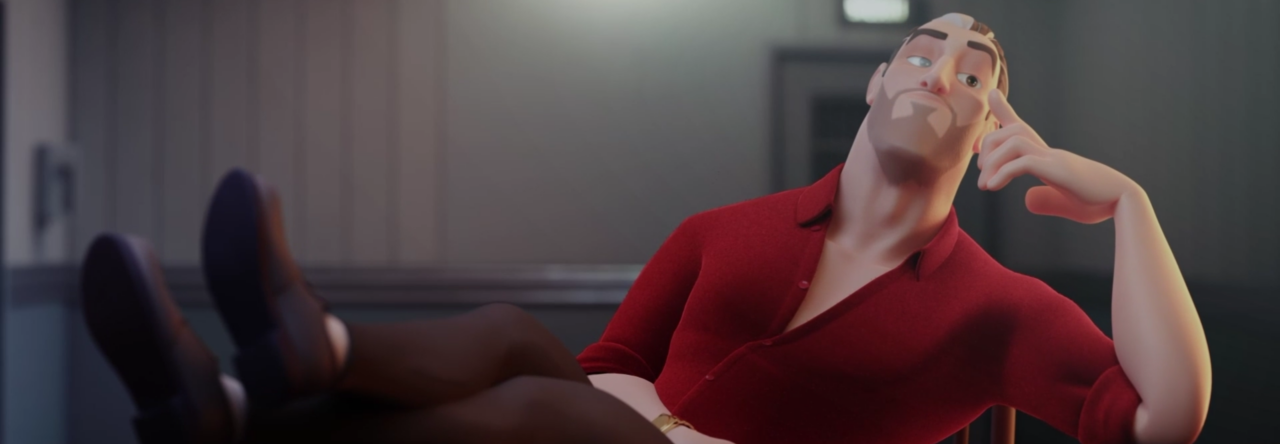1. Spotlight
While the Spotlight feature is primarily meant to be used to project textures, it’s also great for setting up reference images.
To do this:
- Go to the Texture menu.
- Import an image.
- Select the image so that it appears in the Current Texture box.
- Then hit the “Add to Spotlight” button.
Now your image(s) should be in the document. Also, the Spotlight Dial will appear. The dial allows you to scale, rotate, and move your images as well as change the opacity, etc.
When you are done setting up your images, hit Z on your keyboard to remove the dial and start modeling. (Z will also bring the dial back for further adjusting.) Shift-Z allows you to show/hide all of the reference images if you need to.
You can also save your spotlight set-up at the top of the texture menu so that you don’t have to redo it every time you reopen zbrush.
For a more visual guide on setting up reference images using Spotlight, check out this tutorial:
2. ClayPolish
An important part of the modeling process is to define the planes. Clay Polish can help with that. It is located in the Geometry palette under the Tool menu, right above Dynamesh. This tool hardens the edges of your model while softening the rest. It’s good for when you are starting to roughly add details and helps you see the forms better and make decisions about where your planes should be.
3. ReplayLast
The ReplayLast button (under Stroke>Modifiers) re-traces your last brush stroke from mouse/pen click to release. This can really be useful when modeling in things like wrinkles or scratches. It allows you to start off with a more shallow brush stroke and then slowly make it deeper by just hitting ReplayLast as many times as needed. That way you get the exact intensity that you want, without having to undo or manually re-trace it yourself.
4. ShadowBox
If you need a more complex primitive shape and you don’t want to have to go over to a different modeling program, you could try ShadowBox (Tool>Geometry menu above the ClayPolish section) instead. ShadowBox is a tool that can create any kind of shape by projecting masks from the front, side, and bottom of an isometric cube. It will generate a shape based on the projection of the masks toward a center volume. This method of creation can be good for making props or accessories for your character. It’s not meant to create finely detailed models, but rather as a starting point for more complex shapes.
5. Lazy Mouse
Lazy Mouse (under the Stroke menu) is a tool that smoothes out your strokes by “averaging” them out. When activated, the stroke will be created by a virtual string (a red line) that follows your mouse cursor rather than directly under it. Lazy Mouse is especially good to use when modeling with a mouse, as it smooths away the jitteriness caused by your hand.
For more animation training at one of the top online animation schools, please join us at www.animschool.com




Leave a Reply